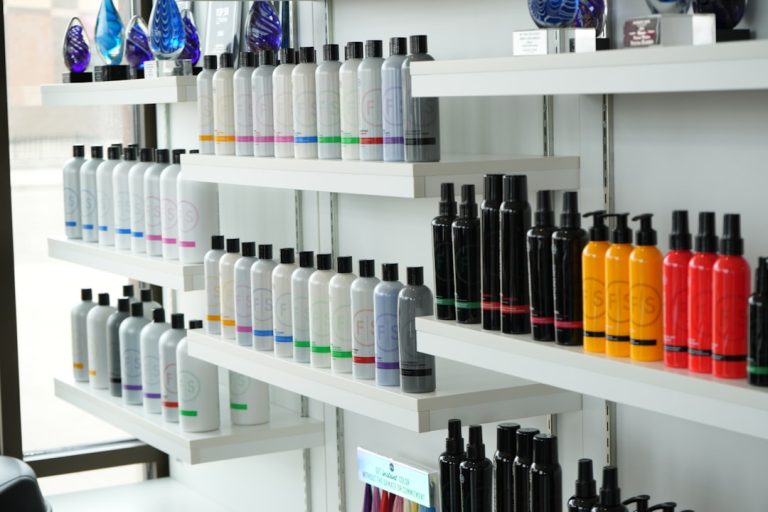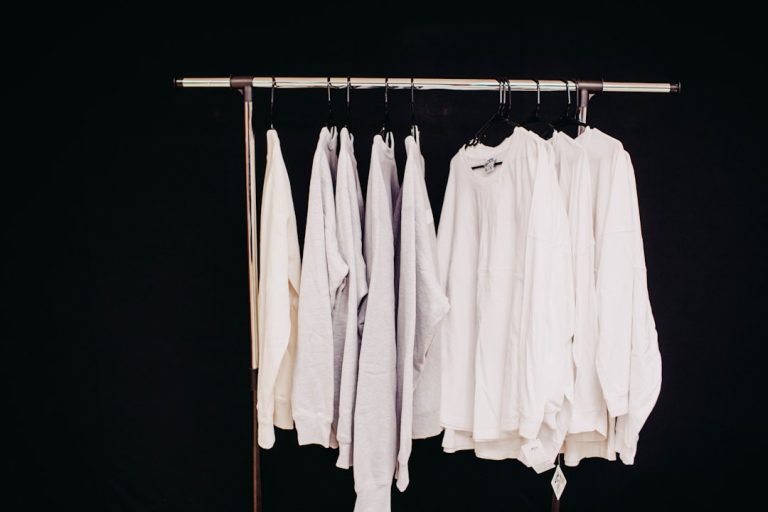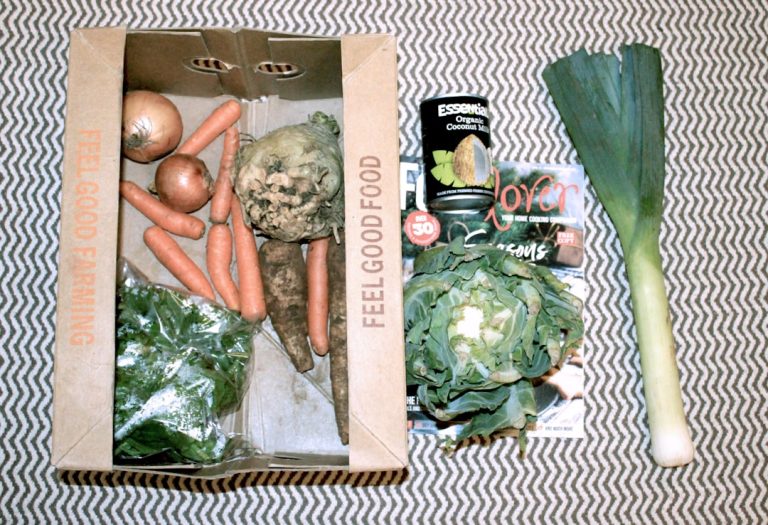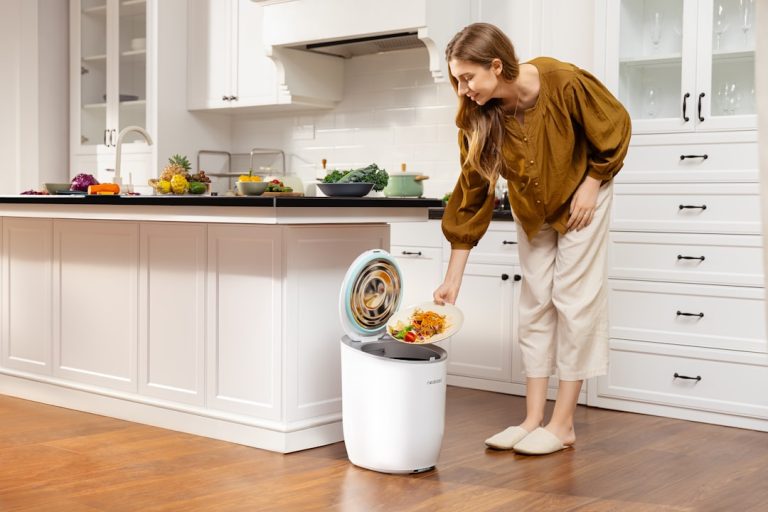My Guide to Making Your Own Diy Beauty Products (zero Waste & Natural).
My Guide to Making Your Own Diy Beauty Products (zero Waste & Natural)
Welcome, fellow earth-lover and beauty enthusiast! If you’ve ever felt overwhelmed by the endless stream of plastic bottles, unpronounceable ingredients, and hefty price tags in the beauty aisle, then you’re in the right place. My personal journey into crafting zero-waste and natural DIY beauty products has been nothing short of transformative, not just for my skin, but for my conscience and my wallet too. This isn’t just a hobby; it’s a commitment to a more sustainable, healthier, and truly personalized approach to self-care. Forget generic solutions; this is about taking control, understanding exactly what you put on your body, and doing it all with Mother Earth in mind. Let me walk you through my tried-and-true methods, ingredients, and the philosophy that guides every single creation.
Starting My Zero-Waste Beauty Adventure: Why Natural DIY is Your Next Best Step
For years, I was a slave to commercial beauty products, lured by promises of flawless skin and shiny hair. But the mounting waste in my bathroom bin and a growing unease about obscure chemical lists eventually sparked a change. I realized that true beauty doesn’t come from a lab-engineered concoction; it comes from nature, simplicity, and mindful choices. Embarking on this DIY journey allowed me to achieve several crucial goals:
Reclaiming Ingredient Transparency and Purity
The beauty industry often operates behind a veil of proprietary blends and complex chemical names. When I make my own products, I know every single ingredient that goes into them. This means choosing organic, ethically sourced components free from parabens, phthalates, synthetic fragrances, and other potential irritants. My skin, which used to be prone to sensitivity, has never been happier or healthier since I switched to pure, unadulterated natural ingredients.
Embracing a Truly Zero-Waste Lifestyle
One of the most compelling reasons for me to dive into DIY beauty was the desire to minimize my environmental footprint. Commercial beauty products are notorious for their single-use plastic packaging. By making my own, I primarily use reusable glass jars, tins, or bottles that I already own or can easily acquire secondhand. I buy ingredients in bulk, often from local suppliers, further reducing packaging waste. This commitment to Zero-Waste Lifestyle Tips extends to my sourcing and storage, making every step of the process eco-conscious.
Nurturing Personalization and Cost-Effectiveness
No two skins are exactly alike, so why should our beauty routines be identical? DIY beauty empowers me to tailor every product to my skin’s unique needs. Whether it’s adding extra nourishing oils for dry patches or specific essential oils for calming irritation, the control is entirely mine. What’s more, while the initial investment in some base ingredients might seem like a lot, in the long run, crafting your own products is significantly more affordable than purchasing high-end natural alternatives. A little goes a long way when you’re buying raw materials.
Curating Your Eco-Friendly Pantry: Essential Ingredients for Pure DIY Beauty
Think of your DIY beauty pantry like a chef’s kitchen – stocked with versatile, high-quality ingredients ready to be transformed. The key here is not just natural, but also sustainable and often organic. I’ve refined my list over time, focusing on multi-purpose items that can be used across various recipes, minimizing clutter and waste.

My Core Natural Ingredient Arsenal
- Carrier Oils: These form the base of many products, delivering nourishment and acting as a solvent for essential oils. My favorites include Jojoba oil (mimics skin’s natural sebum, great for all skin types), Sweet Almond oil (light, moisturizing), Coconut oil (versatile, but can be comedogenic for some), and Argan oil (rich in Vitamin E, excellent for hair and mature skin). Learning about Understanding Carrier Oils is a game-changer.
- Butters: For luxurious creams and balms, I rely on Shea butter (deeply moisturizing, great for dry skin), Cocoa butter (rich, creates a protective barrier), and Mango butter (lighter than shea, but still very nourishing).
- Waxes: Beeswax is my go-to for solidifying balms and lotions. For a vegan alternative, Candelilla wax works wonderfully.
- Clays: Bentonite clay (detoxifying, good for oily skin), Kaolin clay (gentle, suitable for sensitive skin), and Rhassoul clay (mineral-rich, improves skin texture) are fantastic for masks and cleansers.
- Hydrosols: Rose water and Witch Hazel hydrosol are excellent natural toners and bases for facial mists, offering gentle benefits without harsh chemicals.
- Essential Oils: These highly concentrated plant extracts offer therapeutic benefits and natural fragrance. Lavender (calming), Tea Tree (antiseptic, great for blemishes), Frankincense (rejuvenating), and Peppermint (invigorating) are staples in my collection. Always dilute essential oils properly and research Essential Oil Safety.
- Other Essentials: Apple Cider Vinegar (for hair rinses and toners), Aloe Vera gel (soothing, hydrating), Vitamin E oil (antioxidant, preservative), and various dried herbs (chamomile, calendula) for infusions.
Sourcing Sustainably and Minimizing Waste
This is where the “zero-waste” aspect truly shines. I prioritize buying ingredients in bulk from local health food stores or online suppliers that offer plastic-free packaging options. Reusing glass jars from food items (like jam or pickles) for storage is a simple yet effective practice. Look for certifications like USDA Organic or Fair Trade to ensure ethical and environmentally friendly practices. The Environmental Working Group’s EWG Skin Deep Database is an invaluable resource for checking ingredient safety if you’re ever unsure about a new purchase.
Crafting My Go-To Zero-Waste Beauty Staples: Simple Recipes for Everyday Glow
Now for the fun part – making! These are a few of my absolute favorite, easy-to-make recipes that have become indispensable parts of my daily routine. They are designed for simplicity, effectiveness, and minimal waste.
My Signature Nourishing Facial Oil
This has replaced all my store-bought serums. It’s deeply hydrating and perfectly tailored to my skin.
- Ingredients:
- 30ml (1 oz) Jojoba oil (or a blend of Jojoba and Argan)
- 2 drops Frankincense essential oil (rejuvenating)
- 2 drops Lavender essential oil (calming)
- 1 drop Vitamin E oil (antioxidant & preservative)
- Method:
- In a clean, sterilized 30ml dark glass dropper bottle, add the carrier oil(s).
- Carefully add the essential oils and Vitamin E oil.
- Cap the bottle tightly and gently roll it between your palms to mix.
- Store in a cool, dark place.






